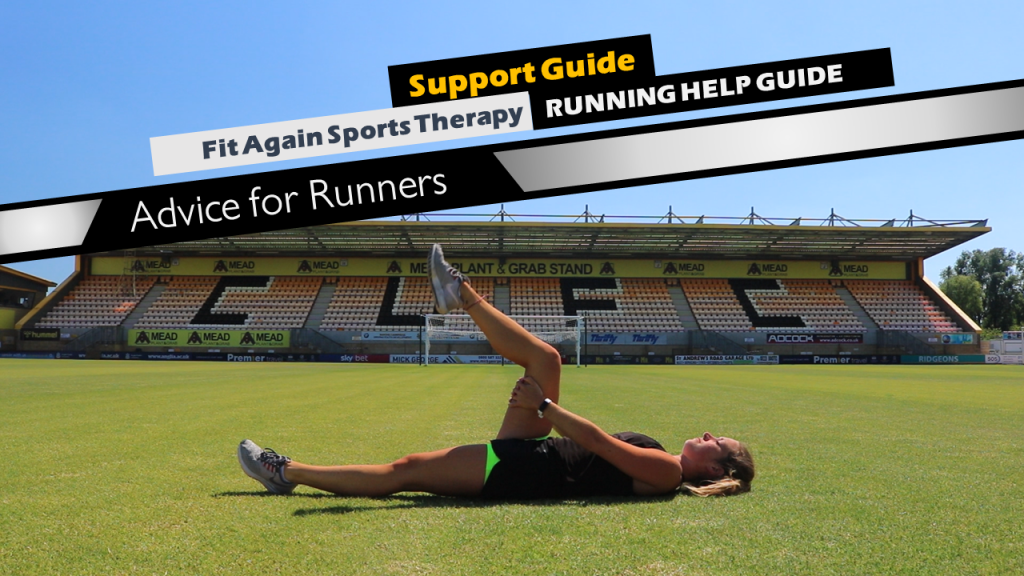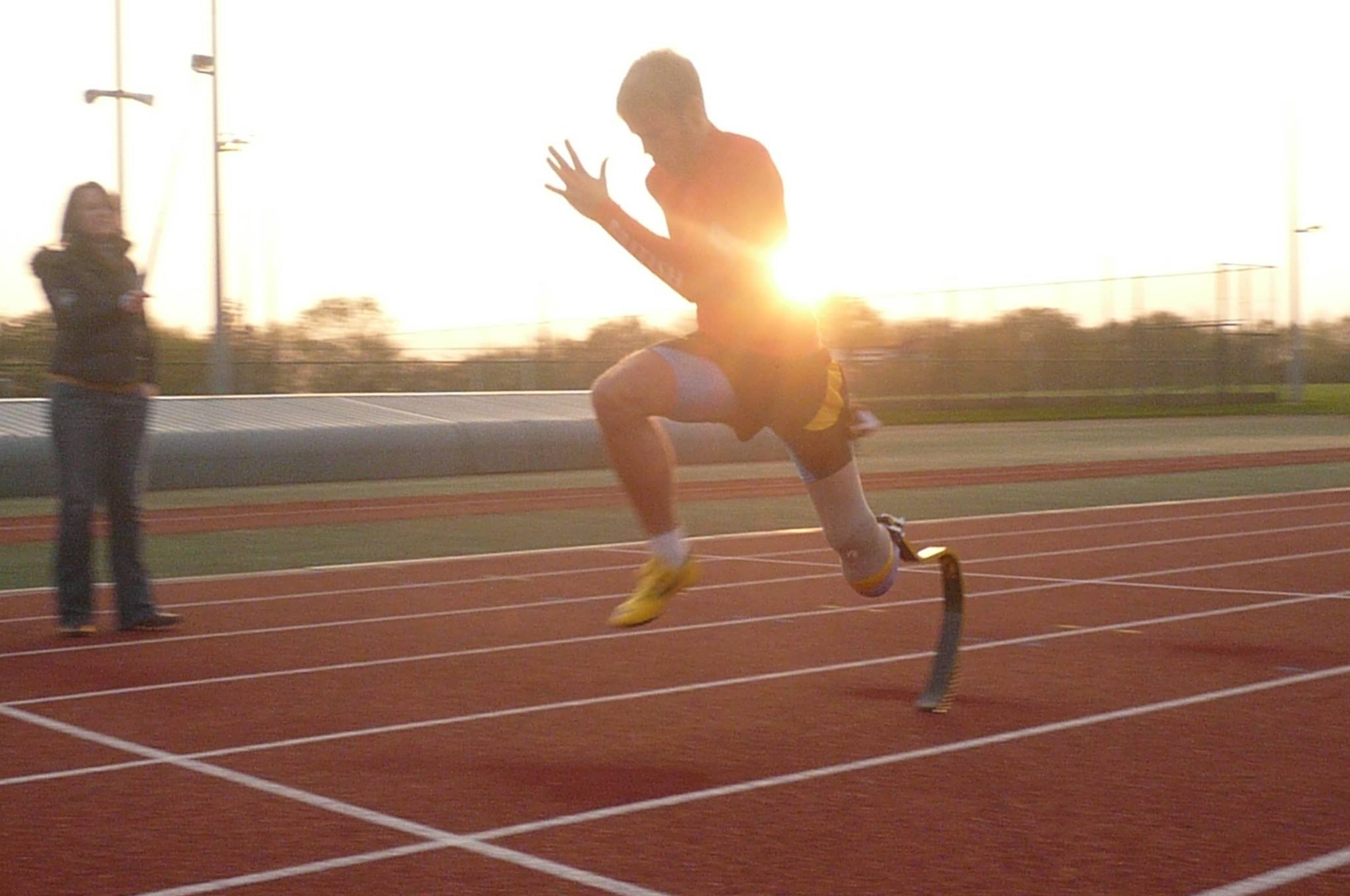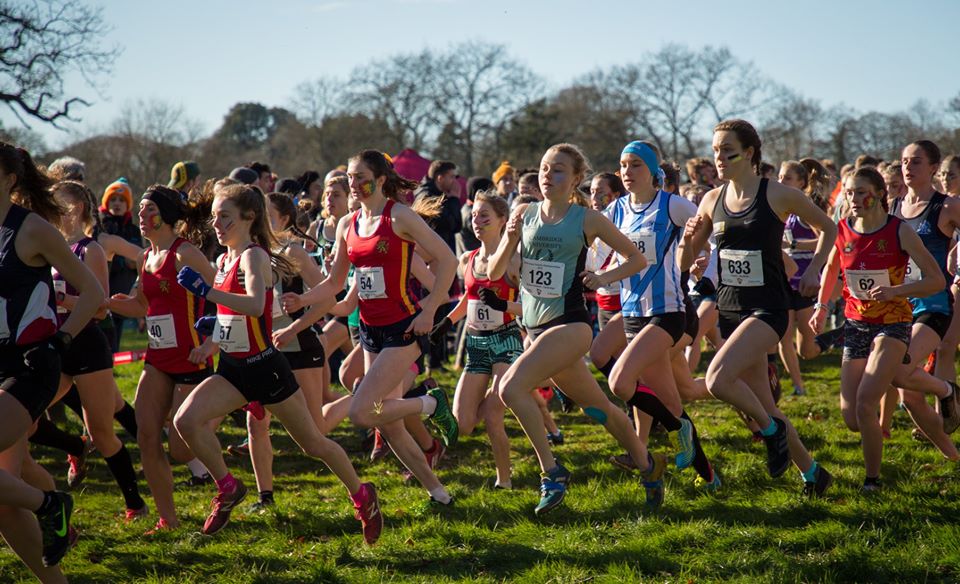

Footwear
The market for running trainers is always developing and evolving with more options and varieties than ever before. Zero drop, carbon plated, anti-pronation and minimalist are just some of the ever-growing terminologies used for running trainers. This can be confusing when trying to find the shoes best suited for you. Different running shoes are designed to load your body in different ways and it is important to find out what works best for you. The focus of the shoe may be to enhance speed, running economy or alter your biomechanics so we would recommend trying multiple different options in sports shops before deciding.
We see a vast number of runners that are “prescribed” a more supported running shoe to reduce their level of pronation. Whilst some may find a reduction in pain and take to these well, others may not and actually some report increased pain. Pronation (which is sometimes made out to be the bad guy) is a vital element of foot mechanics. There is lots of research that shows that moderate pronation is not associated with an increased injury risk (Nielson et al., 2014). Although supported shoes can be helpful for some foot types, there is minimal research to suggest you should choose your type of shoe purely on how much you pronate. So what should you base this decision on?
The most important factor is comfort. This is where it is brilliant to be able to try multiple different options in sports shops before deciding.

Foot Strike Patterns
Heel striking, midfoot striking, forefoot striking – is this something you have been consciously thinking about or advised to change?
The first thing to mention is how the speed of running affects the foot strike patterns. For example, no one has ever won the 100 metres heel striking! However, during the Manchester Marathon in 2009, over 92% of sub-elite runners analysed at 20 miles were heel striking (Larson et al., 2011).
The way in which you strike the ground does affect how you load your tissues. Altering this can be an effective way to offload problematic areas although this needs to be achieved gradually. We see plenty of “I have read Born to Run, started forefoot striking and now my Achilles are sore” each year. This approach is not often necessary although we are happy to advise on how to help with this transition if requested.
Our top tips for footwear advice
 Avoid sudden transitions in footwear. ‘Wean’ yourself into a new pair of shoes so your body can gradually adapt to the change..
Avoid sudden transitions in footwear. ‘Wean’ yourself into a new pair of shoes so your body can gradually adapt to the change..
 Find a pair that is comfortable for you and don’t be nervous about trying lots of different options before deciding.
Find a pair that is comfortable for you and don’t be nervous about trying lots of different options before deciding.
 Base the decision around comfort, not support.
Base the decision around comfort, not support.
 Running shoes that may suit one speed, terrain or distance may not be ideal for others. Rotate your shoes to suit your session if needed.
Running shoes that may suit one speed, terrain or distance may not be ideal for others. Rotate your shoes to suit your session if needed.
 Take your trainers to the appointment with your therapist as they will be able to gain lots of information from the wear on the trainers and happily help to advise on footwear options.
Take your trainers to the appointment with your therapist as they will be able to gain lots of information from the wear on the trainers and happily help to advise on footwear options.
